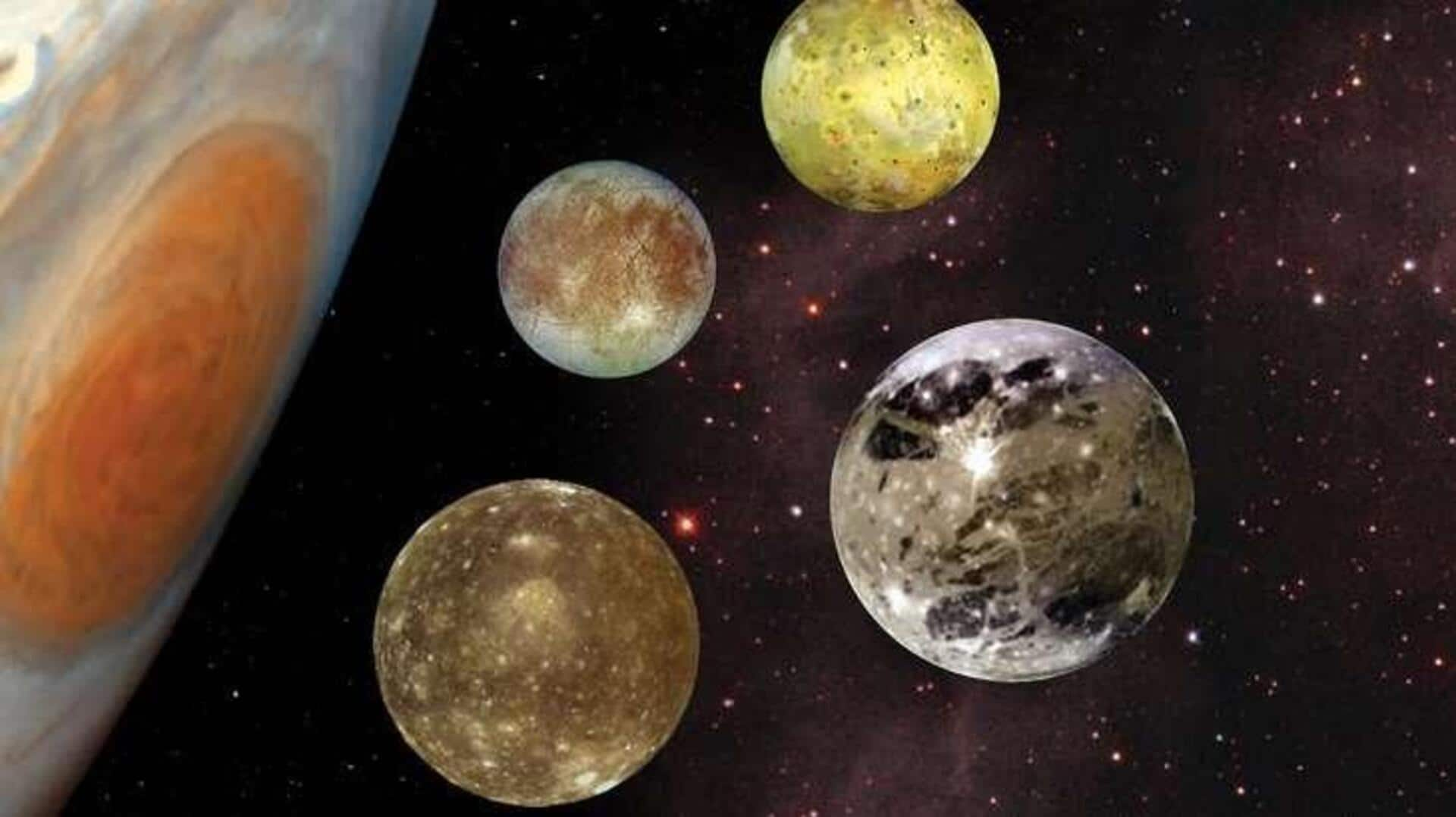
NASA's JWST unveils secrets of Jovian moons Io and Ganymede
What's the story
The James Webb Space Telescope (JWST) has uncovered new information about Jupiter's moons Io and Ganymede.
Webb's onboard Near-Infrared Spectrograph instrument has, for the first time, detected sulfur monoxide gas on Io, the most volcanically active world in the solar system.
On Ganymede, the largest moon in the solar system, Webb made the first discovery of hydrogen peroxide in the moon's polar regions.
Ganymede
Hydrogen peroxide on Ganymede may be due to radiolysis
These first-of-a-kind findings from the Webb telescope have significant implications for our understanding of icy bodies in the outer solar system.
The presence of hydrogen peroxide on Ganymede is thought to be a result of radiolysis, a process where charged particles break apart water molecules.
Researchers believe this process happens in Ganymede's polar regions because of the moon's magnetic field.
Io
Sulpfur monoxide was observed during a volcanic eruption on Io
Scientists observed Io while it was orbiting in Jupiter's shadow, which provided a better look at the moon's active volcanoes.
Using Webb, the team found two known volcanoes on Io, namely Loki Patera and Kanehekili Fluctus. Both these volcanoes expel lava actively and have minimum temperatures of over 925 degrees Celsius.
Sulfur monoxide was observed during an eruption from Kanehekili Fluctus.
Details
Tidal heating: The force behind volcanic activity
Tidal heating is believed to be responsible for Io's volcanic activity.
This phenomenon occurs when a larger body, like Jupiter, exhibits a massive gravitational pull on a smaller body, causing the latter to expand and compress, eventually generating heat within it.
Ganymede is also known to experience tidal heating due to Europa, another Jovian moon.